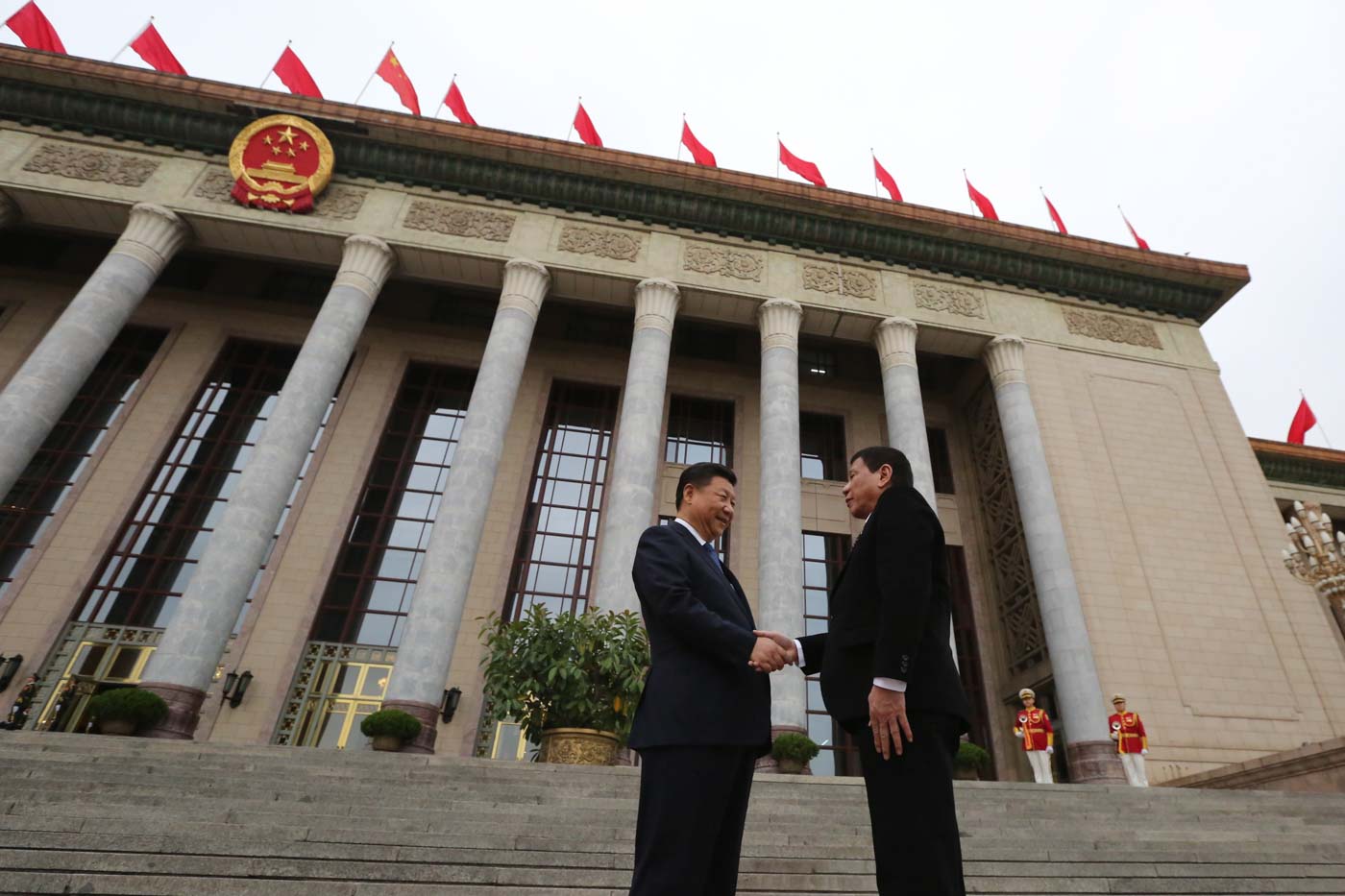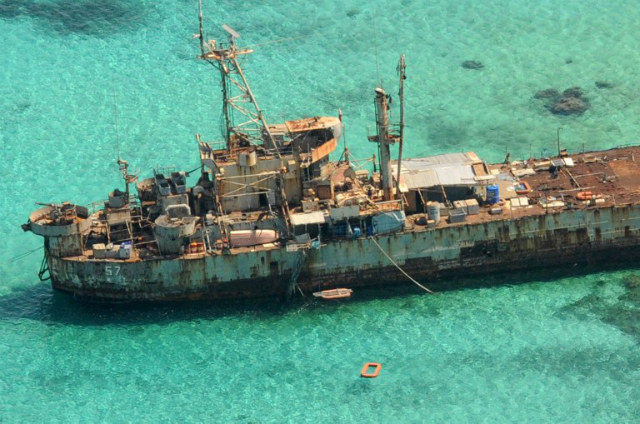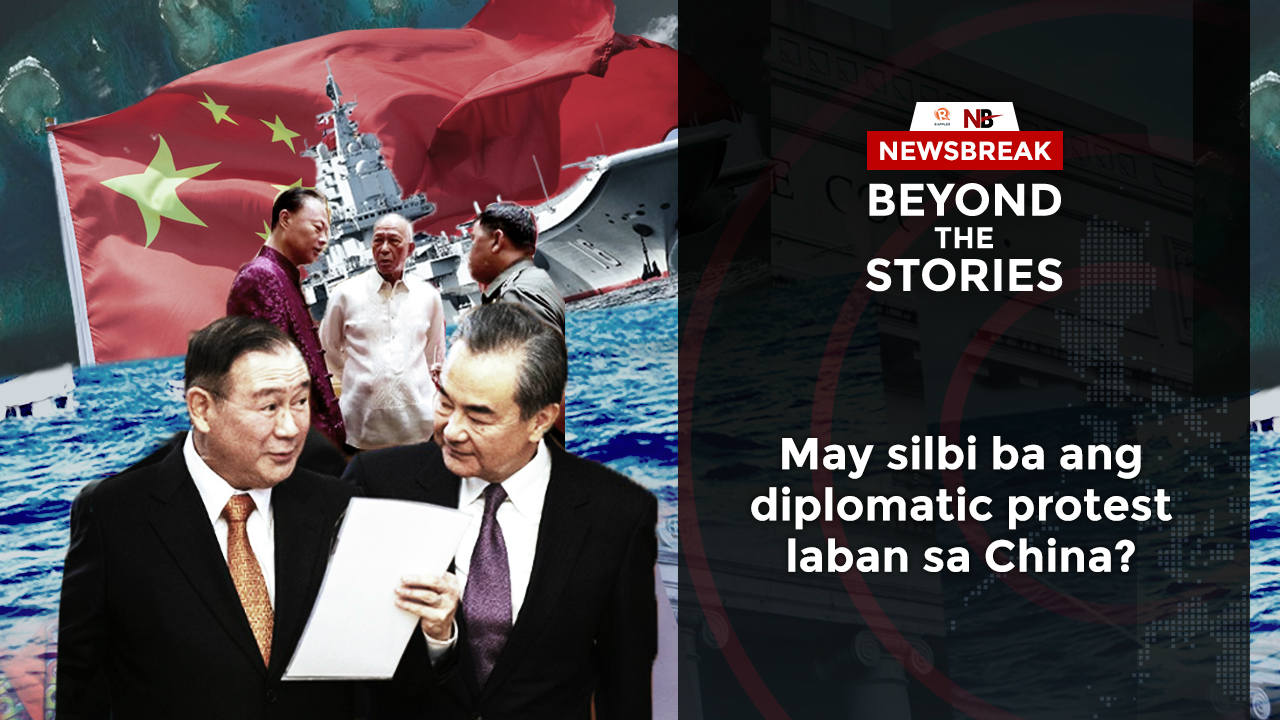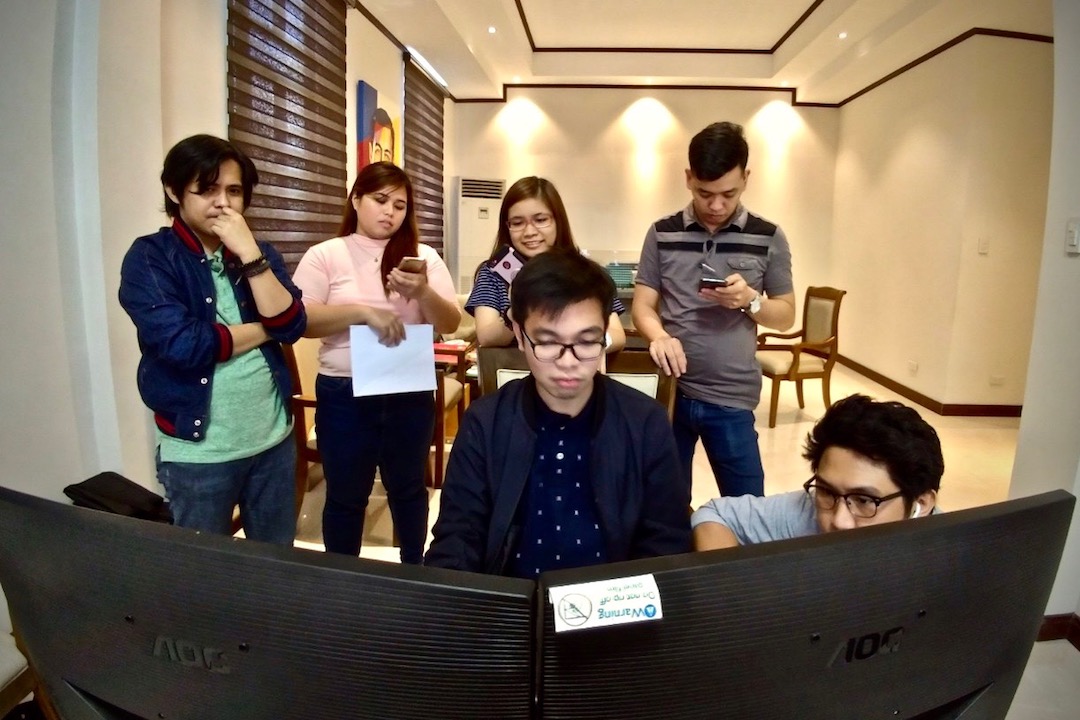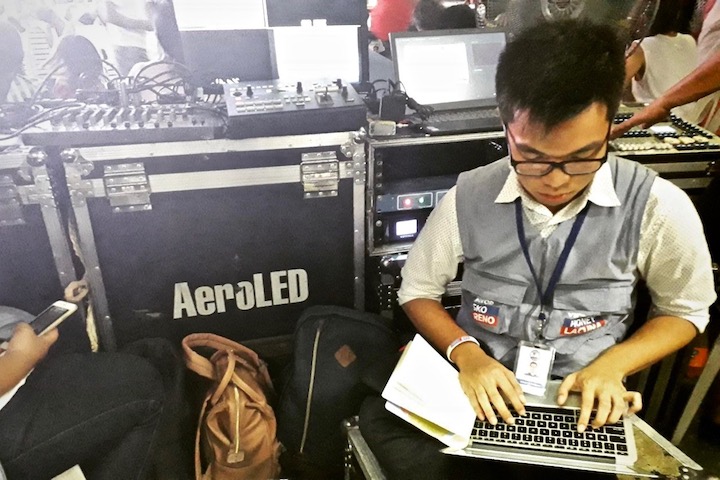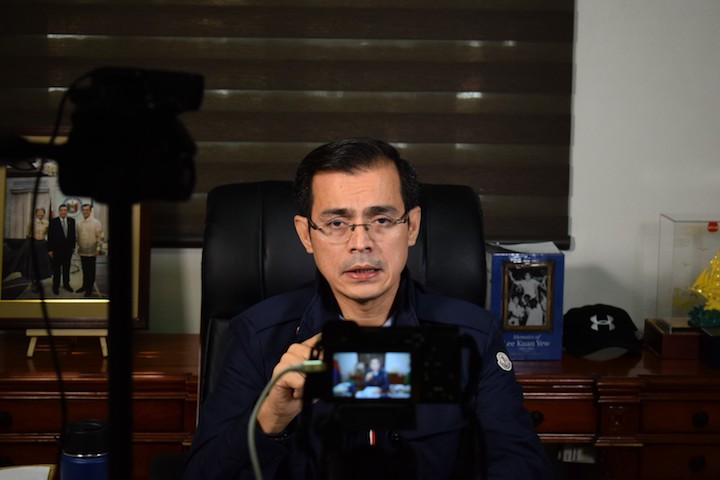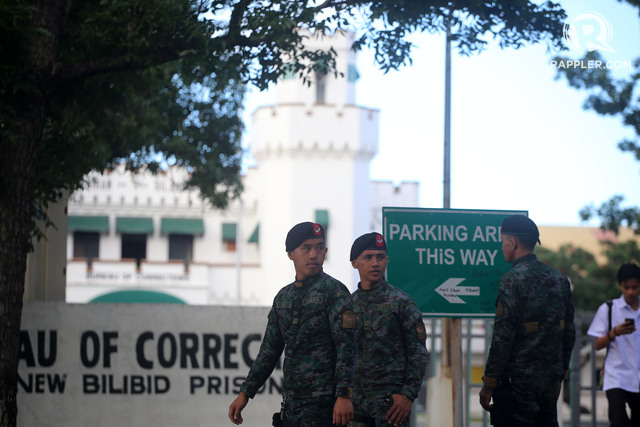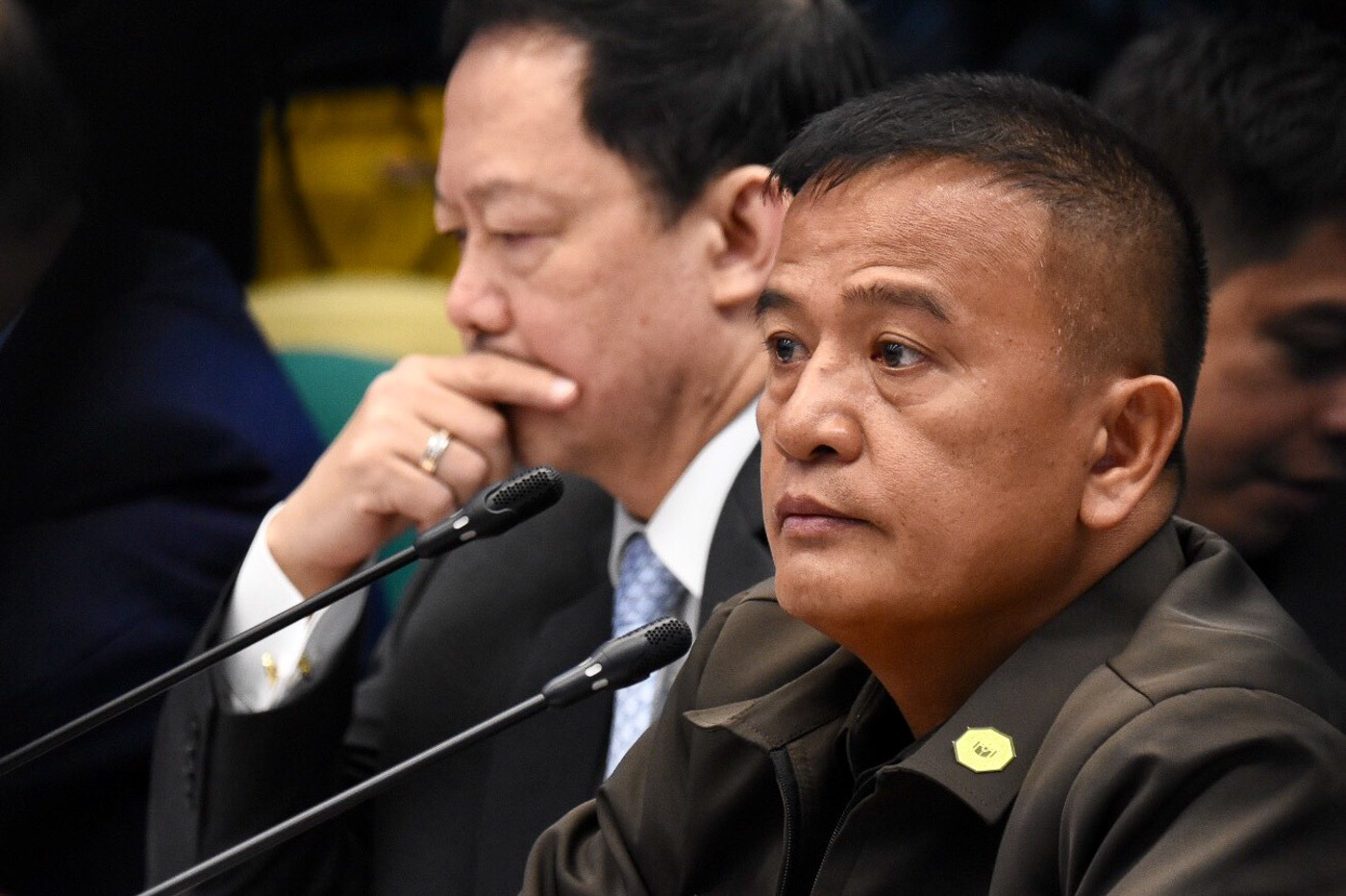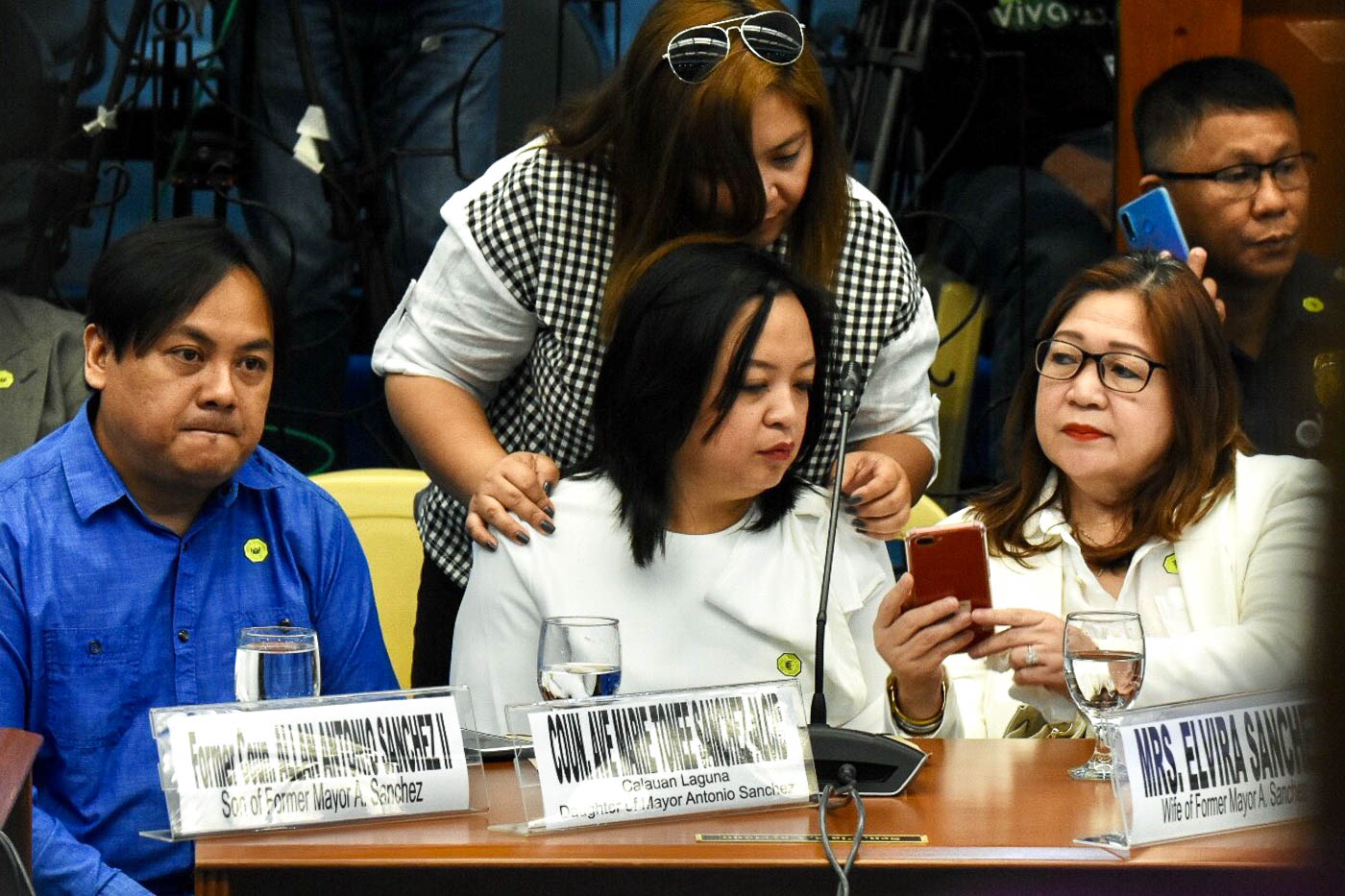MARAWI CITY, Philippines – It was long past midnight, and Fatima* was awake. She had been awake 10 nights. She lay on a mattress on the floor of a rickety wooden shack in the village of Olawa Ambulong in Marawi City, listening to the breathing of the man beside her.
Outside, the occasional tricycle rattled down the muddy alley. Inside, Fatima watched the rise and fall of the man’s chest. She had braced herself up for what could happen when he opened his eyes. She was ready, every time, to slap away the hand that reached across the pillow she had shoved between them.
There were nights when she would drift off to sleep, and wake up with a start, terrified. On those nights, she would rise quietly, her steps light as she made her way to the small kitchen for coffee, the scalding liquid burning down her throat. Most nights she stared up at the ceiling. She would wait bleary-eyed until morning, when he stood and dressed for work.
Safe, she would think, safe for one more day.
On the 11th night, when the man across the pillow reached over to touch her, Fatima was asleep. He was inside her before she could protest. She never said a word. She closed her eyes and prayed, until he pulled on his clothes again, rolled over, and fell asleep.
Fatima lay awake, weeping quietly, beside the man she now called her husband.
She was 14 years old.
"I said I didn’t want it to happen," said Fatima. "But I had no choice."
A futile fight
Anywhere else in the Philippines, young people like Fatima are permitted by the Family Code to marry only after reaching the age of 18. Muslim minors are an exception. Presidential Decree (PD) No. 1083, or the Code of Muslim Personal Laws, allows Filipino Muslim males the right to marry at the age of 15. Muslim females, provided they have begun menstruating, are allowed to marry as young as 12, provided there is permission from their male guardian, or wali.
There are many reasons these marriages occur at an early age. Some girls are married off because their elders hope to ease the financial burden of their upbringing. Others marry to protect their honor, as any suspicion of premarital sex brings shame to families.
According to an Oxfam International survey on child marriage conducted in 2016, 51% of respondents in Lanao del Sur, where Fatima lives, had gone through arranged marriages, compared to 22% in the nearby province of Maguindanao. Only 14% of females in Lanao del Sur said they gave their full consent to the marriage, while the figure is much higher for men at 89%.
The situation was further compounded by fighting in Marawi, Lanao del Sur’s capital, a year after the study was conducted. The once-prosperous capital was left in shambles after 5 months of clashes between homegrown terrorists and government troops. While no numbers are available, displaced residents and local non-governmental organization (NGO) workers say poverty and uncertainty in the aftermath of the siege led to an increase in early marriages among the Maranao youth.
The wedding
Fatima discovered she was to be married three days into 2019. The war had been over for more than a year. She and her family had been allowed to return to Olawa Ambulong, a Marawi village spared from the violence that had ravaged large swathes of the city. It was the same home Fatima had lived in since she was orphaned just after her birth.
Isha*, Fatima’s aunt, had raised Fatima since her parents’ early death. Fatima was one of many: 4 of the children she called siblings were Isha’s own, while 7 others, like Fatima, were adopted. She called Isha ommi, or mother.
Fatima woke up early on January 3. The sun was up, but it was dark inside the two-story shanty where she lived. Her small siblings were piling their folded mattresses into a corner of the loft. Fatima ate breakfast and played with the children as Isha looked on. Their laughter rang through the house, until Fatima saw her grandmother striding up the muddy path leading to their front door.
Fatima stood to greet her. There were few pleasantries before the elderly woman spoke directly to Fatima. The words were a shock to the young girl.
“I was told to get ready because I was getting married,” Fatima said.
She was told her prospective husband was 8 years her senior. His name was Omar*, a 22-year-old distant cousin whom Fatima had never met. Omar’s father had been searching for a bride for his son. He had arrived earlier that morning to seal the marriage. The details had been decided between Fatima’s wali, her uncle, and Omar’s family.
The wedding was scheduled for later in the day.
“I didn’t want to get married yet,” Fatima said, her voice cracking. But she said nothing on the day she was told. She was too afraid to disobey her grandmother.
The matriarch explained the marriage was a way to help ease the burden on the shoulders of Fatima’s mother. Isha had been widowed 6 years before. Her sari-sari store had been destroyed in the siege, and much of their living came from the vegetable garden Isha tended in the backyard.
It was only after her grandmother left that Fatima told Isha she was afraid. Isha consoled the young girl, then stepped out of their home to follow Fatima's grandmother. Throughout the day, Isha bargained – with Fatima’s grandmother, with Fatima’s wali, with Omar’s parents, with anyone who would speak to her.
Please, she said, stop the wedding. They told her no.
Please, she asked, could they postpone the ceremony a few days? She would like time to buy Fatima a gown. They told her no.
Please, she asked, conceding, could Fatima and her new husband live in Isha’s home after the wedding? Could her daughter still come home?
Yes, they told her.
There was a reason Isha stood up for the girl she called her daughter. Isha herself was married young, forced by her own family to bind herself to another stranger at the age of 13.
“Deep in my heart then,” Isha said, “I kept on asking myself, what will happen to my daughter? Will married life be hard for her? Will her husband or in-laws quarrel with her? Because she had no idea what would happen then.”
Isha stands inside her home in Barangay Olawa Ambulong, where she had tried – but failed – to stop her daughter's wedding.
The vagaries of consent
“Mutual consent of the parties freely given” is among the “essential requisites” of a Muslim marriage mandated by PD 1083. This means a minor Muslim female must give permission before her wali approves of any marriage.
Muslim scholars – like Anwar Radiamoda, director of the King Faisal Center for Islamic and Asian Studies in the Mindanao State University, and Macrina Morados, dean of the University of the Philippines-Diliman Institue of Islamic Studies (UP-IIS) – say no wedding should take place if the minor says no.
“The female has to be consulted first. If she really doesn’t want to get married, then it’s not allowed by Islam. Forced marriages in Islam is prohibited,” said Radiamoda.
But PD 1083 is not explicit about how consent is given prior to the wedding ceremony. Fatima did not oppose her family’s decision. And so Fatima’s silence – like the silence of many other child brides like her – was read as consent to the marriage.
“They are reared to be modest,” said Morados of UP-IIS. “They are reared to have modesty in public. If you want to accept the marriage, you wouldn’t say yes out loud. It would be a negative to you.”
Morados believes that a number of child marriage practices are rooted in culture, and do not always adhere to Islamic teachings. Fear and respect of their elders, whose decisions are treated like law, stifle Muslim girls and women.
Treating silence as consent to marriage is based on what Morados called a cultural context of shame among Muslim women. A Muslim woman who agrees to a marriage offer traditionally stays silent, in an attempt to mask her eagerness. A Muslim woman who is against a marriage offer can, and should say no. But the reality shows otherwise.
Yet coercion, intimidation, and physical abuse, said Morados, are not sanctioned by Islam. “We really need education,” she said. “Even PD 1083 is not popular. If you go to the province, most of the people, they haven’t heard about the provision on marriage, about the essential requisites.”
There are pending bills in the 18th Congress that seek to declare as “public crimes” the facilitation and solemnization of child marriages. If passed into law, the measure would repeal the exemption that PD 1083 grants to Filipino Muslims to marry below the age of 18. It would also punish those who facilitate early marriages.
But imposing these punishments may not be so simple. PD 1083, authorizing the wali to arrange a marriage on behalf of the women, was guided by the provisions of the Quran and the prophetic tradition.
Morados said that while UP-IIS and the Anak Mindanao party-list group are advocating to raise the Muslim marrying age to 18, any amendments to PD 1083 must come from the community. Their consultations take into account the crucial role that ulama or Muslim religious leaders play in the process.
“We cannot criminalize those parents who opted to marry their children at a younger age,” Morados said. “Because in Islam, you cannot say this is haram or this is prohibited when the Quran allows it.”
Shariah law, said Morados, asks parents to consider the best interests of their children when considering a marriage proposal. It is this that can permit the raising of the marrying age.
Radiamoda also cited the Islamic principle of building a righteous family. “One of the Prophet Muhammad’s statements is, ‘Teach your family before marriage,’” he said. “That means you have to study first. Prepare for your marriage first – emotionally, financially, and economically. This is what Islam says: You have to teach first yourselves before you marry.”
Smiling for the camera
On the day of her wedding, Fatima sat quietly as her cousins dabbed powder on her cheeks. They brushed shadow over her eyes and lined them with care, in an attempt to mask the swollen lids. They dressed her in an abaya– the loose, robe-like dress traditionally worn by Islamic women. This one was special, a gift from her new father-in-law. It was black with a strip of black sequins at the hem. Her hair was covered with a pale pink hijab and secured by a golden brooch pinned just below her cheek.
The wedding was to be held in her uncle’s home, just a short walk away from where Fatima lived with Isha. Her uncle’s house saw a flurry of activity, as Fatima’s relatives rearranged the furniture to make way for the wedding ceremony. Pots and pots of food were being prepared.
Isha refused to leave her own home. She could not stop the wedding, but she would not be a witness to it.
Fatima stepped into her uncle’s home. She saw her groom for the first time and saw Omar wearing a white sherwani and turban. She became his wife on the same day they met.
Fatima is shy around strangers, and timid even in the company of her friends. Her hands fidgeted, her eyes darted from Isha to the floor and back. She let her mother speak for her. When she did speak, her voice was faint, almost apologetic.
“I said I didn’t want it to happen,” said Fatima. “But I had no choice.”
Isha kept two photos of the wedding. In one, Fatima and Omar stood side by side, both of them smiling, surrounded by cousins dressed in their wedding finery. In the other picture, Fatima and Omar sat on monobloc chairs. Omar’s right hand was draped around Fatima’s shoulders. She was still smiling.
“There were so many thoughts running through my head then,” Fatima said. “Of course I was scared.”
"There were so many thoughts running
through my head then,"
Fatima said. "Of course I was scared."
The debate
The United Nations Children's Fund, or Unicef, puts at 650 million the number of women and girls alive today who were wed before their 18th birthday. In the Philippines, 2018 data from the UN counts about 15% of women aged 20 to 24 years old, who were first married or entered a union, before they turned 18.
Those campaigning to end child marriage argue that regardless of culture, the practice robs young girls – and even boys – of their freedom to choose whom to marry at the time when they are physically, emotionally, psychologically, and financially ready to make such a decision.
In 2016, Muslim religious leaders and legal experts in Mindanao endorsed a new fatwa– a formal legal opinion – urging marriage only when the necessary conditions of “mind-maturity” and “intellectual-integrity” are met.
They put the appropriate marrying age for males at 20, and females, at 18. The fatwa also said that a virgin woman who has reached the age of puberty with sound mind and integral intellect will not be compelled to marry without her consent.
The same fatwa, however, still interprets the woman’s silence as consent to the marriage.
Advocates have gone as far as calling the practice of child marriage a human rights violation.
“At the end of the day, it is up to the communities, the people in the communities, especially the women and girls who have experienced it,” said Patricia Miranda, policy advocacy and communications manager at Oxfam Pilipinas. “They are the biggest champions and the strongest voice in changing the way we view child marriage.”
Only 14% of women surveyed by Oxfam in Lanao del Sur said they gave their full consent to their arranged marriage.
‘I’m sorry’
Three months after Fatima’s marriage, Isha heard about a week-long debriefing seminar offered by NGO workers to Marawi siege refugees. Isha decided to attend after learning there would be discussions about early and forced marriages.
The seminar was part of the “Creating Spaces to Take Action on Violence against Women and Girls” project. It was launched by Oxfam and its partners like Al-Mujadilah Development Foundation (AMDF), across 6 countries – including the Philippines – in 2016. The goal was to reduce cases of child marriages in 5 years by working with communities where the practice remains prevalent.
Isha remembers watching a video about her rights as a woman. She remembers the colored sheets of paper, where she was asked to jot down her reflections for the day.
“Everything I didn’t know when I was younger, I learned there instead,” said Isha with a smile. “If your child does not want to get married, her parents and relatives should not be forcing her to say yes. I only learned about that during the seminar.”
The Creating Spaces project also held a separate week-long youth camp for children. The lessons included awareness of the self, and effective communication with parents.
AMDF project manager Sitti Nur Mohamad said the lessons have had far-reaching effects. The young have gained the confidence to speak up, while parents have become more open to what their children have to say. One father thanked them, and said he realized he had “sinned against” his wife and children.
“The first thing I will do when I get home,” the father said, “is to hug my wife and to tell I’m sorry.”
Mohamad said she was lucky to marry on her own terms. She met her husband as an adult, while working in the development sector. She knows she is among the privileged.
“In my line of work, some people have already told me, ‘You’re a Muslim, you’re a Maranao, and you’re a woman, and yet this is your advocacy?’ They can’t seem to accept what I’m fighting for,” said Mohamad.
Fatima gazes at her ommi Isha as they stood in their garden. Both mother and daughter were forced to marry young.
Young mothers
Fatima was 6 months into her marriage when she spoke to us. While the wedding was meant to ease financial burdens, survival was still a struggle, even under Isha’s roof. Omar, a tricycle driver, earned roughly P200 a day, or about US$4. He and Fatima have been forced to rely on assistance from relatives, most of whom live in post-war evacuation centers themselves.
What dowry Omar’s family paid to Fatima’s family went towards financing the wedding and Omar’s tricycle.
“It was hard to be with him at first, because I couldn’t accept I was married to him,” Fatima said, as she sat on a rumpled mattress in the humidity of a late June afternoon.
“We have grown to like each other,” she said.
Fatima has learned to live with Omar. She has learned to like him, perhaps love him. She appreciated the fact that he shared the household chores. She acknowledged he was kind. She was aware, as was Isha, that there may be no returning to school, even as Fatima turned wistful at the thought of becoming a teacher.
It was only when she spoke of her wedding day that Fatima began to cry. She remembered the date. She remembered the many days she fought sleep. Mostly, she remembered the night she failed.
Fatima looked down as she spoke. She ran a hand over her rounded belly. Her touch was gentle.
In 7 months, Fatima will be a mother. The child will be born after she turns 15. – Rappler.com
*******************
PHOTOS: Bobby Lagsa
ILLUSTRATION: Raffy de Guzman
DESIGN: Patrick Santos
CREATIVE SUPERVISION: Emil Mercado
EDITORIAL SUPERVISION: Miriam Grace Go, Chay Hofileña, and Patricia Evangelista
*Names changed and photos edited to protect identities
This story was produced under the Creating Spaces Project, which seeks to end child, early, and forced marriages in the Philippines. The project is being implemented by Oxfam in partnership with Al-Mujadilah Development Foundation, United Youth of the Philippines-Women, Philippine Business for Social Progress, and the Philippine Legislators Committee on Population and Development.
Rappler interns Amiel Asehan, Arie San Pedro, Francis Acosta, Jessica Gaurano, Rommar Javier, Salvee Fontanilla, and Sophia Sibal helped in putting together this story.
![]()


